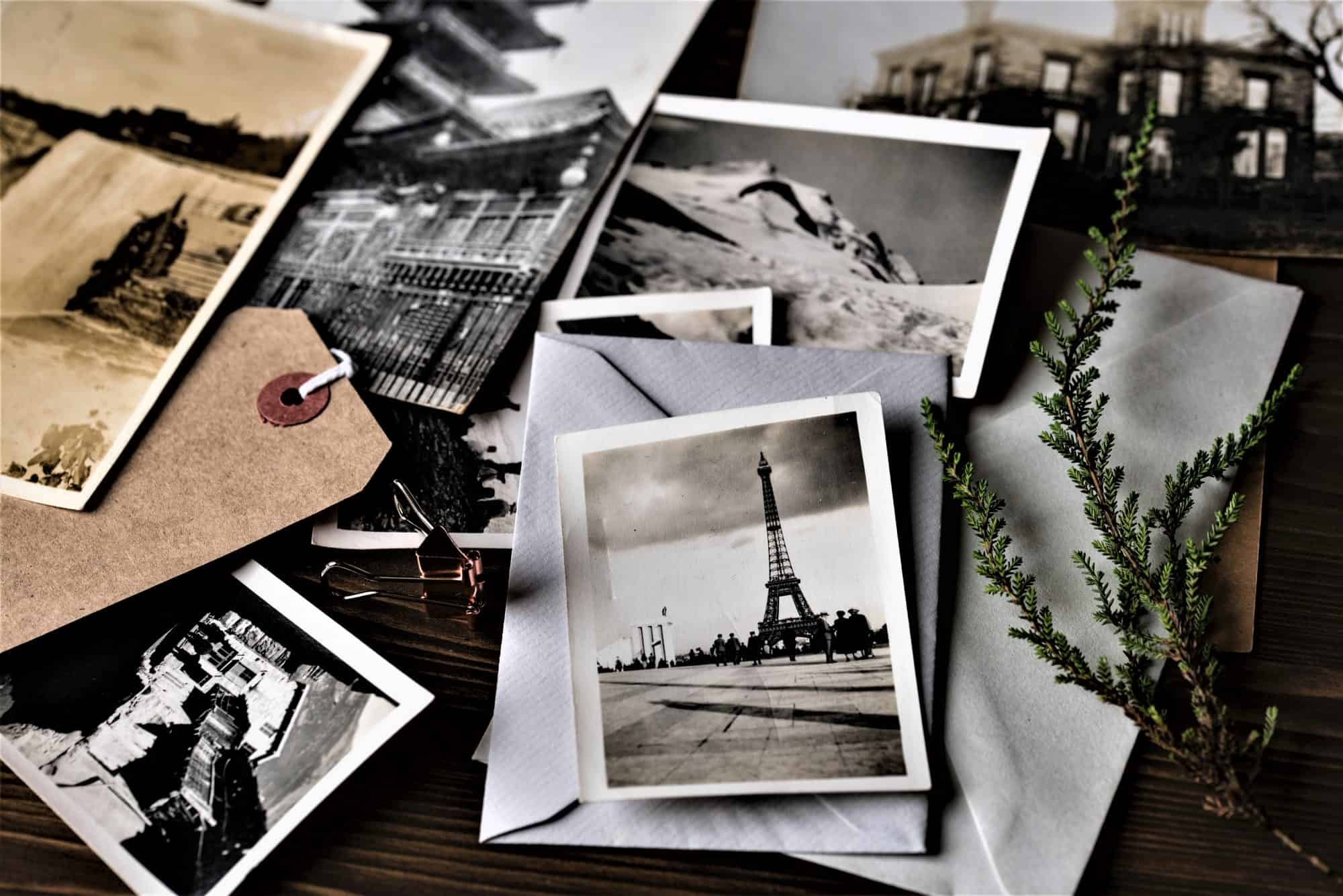Martial Arts
Watching movies can be a good way to enhance foreign language skills, and studying Chinese is no exception. Check out how one Chinese language student perfects his Mandarin by watching Kung Fu movies in Chinatown.
When I enrolled in my first Mandarin class, my professor suggested that we watch Chinese movies as a way of familiarizing ourselves with Chinese culture. We weren’t expected to understand the dialogue. Reading subtitles was okay.
The primary purpose of watching Chinese movies, my professor said, was not so much linguistic as it was cultural. We were told to carefully observe body language and facial expressions.
While we were not expected to be able to follow the dialogue at first, we were told that we might occasionally be able to pick out individual words or phrases that we were learning in class.
That would reinforce what we were studying.
We might occasionally even be able to pick up a few words and expressions that weren’t in the textbook.
I took this advice very seriously!
Every weekend I would make the long march from my home in the Oakland hills to San Francisco’s Chinatown, where a handful of movie theatres showed films with Mandarin sound tracks.
Kung Fu Movies
Kung fu disciples sparring in the courtyard at Shaolin Temple. Photo Credit: the China Guide.
There were detective films, romantic comedies, and tear-jerking melodramas. But the most popular genre of all were kung-fu films, which were all the rage throughout the Chinese speaking world at the time.
I soon became an avid fan of kung fu fighting!
I fanatasized that one day, after becoming proficient in Chinese, I would go to China and study kung fu at one of the temples that I saw in the movies. I didn’t know, of course, that most of those temples were actually movie sets in the Hong Kong countryside!
Most of the kung-fu films that I watched shared a common theme. In the opening scene, a young child would witness the murder of one or both parents. The dying parents’ final words were always, “You must avenge my death!”
The child would seek out a temple where he or she could study martial arts. The rest of the plot entailed the child’s exploits first in studying kung fu and then in traipsing through China in search of his or her parents’ killers.
Fight to the Death
In the final scene, there would be a dramatic fight to the death. Then it was time to hit the snack bar.
I sometimes sat through the movies two or three times – sometimes reading the English subtitles, sometimes reading the Chinese subtitles, and sometimes just watching the movie.
These films were, in fact, a bit addictive. And I did pick up a few words and expressions that weren’t included in the class syllabus such as “Sha!” which means “Kill!” and “Wo yiding yao bao chou!” or “I must seek revenge!”
So where can would-be kung fu fighters improve their skills?
There are, of course, many temples in China where martial arts are taught, but the most famous one of all is Shaolin Temple, which is located at the foot of Shaoshi Mountain near the town of Dengfeng in Henan province in Central China.
450 Miles South of Beijing
Shaolin Temple is about 450 miles south of Beijing in Henan province. Zhengzhou and Luoyang are the nearest large cities.
Both cities have a wide range of accommodation, from modest hostels and guest houses to three and four star hotels.
Most travelers wanting to visit Shaolin Temple stay in one of these two cities, making day trips to Dengfeng.
According to Trip Advisor, however, Dengfeng itself has 43 hotels, and Shaolin is just a hop, skip, and a jump away by minibus or taxi.
One traveler reviewing hotels on Trip Advisor warns that “Dengfeng isn’t really ready for Western tourists.”
“Not many people there speak English,” she says (I’m starting to like the place already).
For those wanting an authentic martial arts experience, however, the place is ideal. As for where to stay? She recommends the Chanwu Hotel because it “breathes, eats, and dreams kung fu”.
The hotel actually has a kung fu gymnasium on the premises!
For an even more authentic kung fu experience, you might want to consider spending a night at Shaolin Temple itself. Both classes and overnight stays can be arranged by the China Guide.
Be forewarned. This is not the Ritz-Carlton. Rooms and facilities are pretty basic. But wouldn’t that be an important part of the kung fu experience?

I LOVE this. I would send my son or daughter here too if they were interested or just for the immersion experience. Thx for posting this.
Thanks for your feedback, Latoyadenise! So glad you enjoyed the post. I’ve always wanted to do this, too! And it would probably be a better way of practising Mandarin than studying at a university! So it would be like killing two birds with one stone!